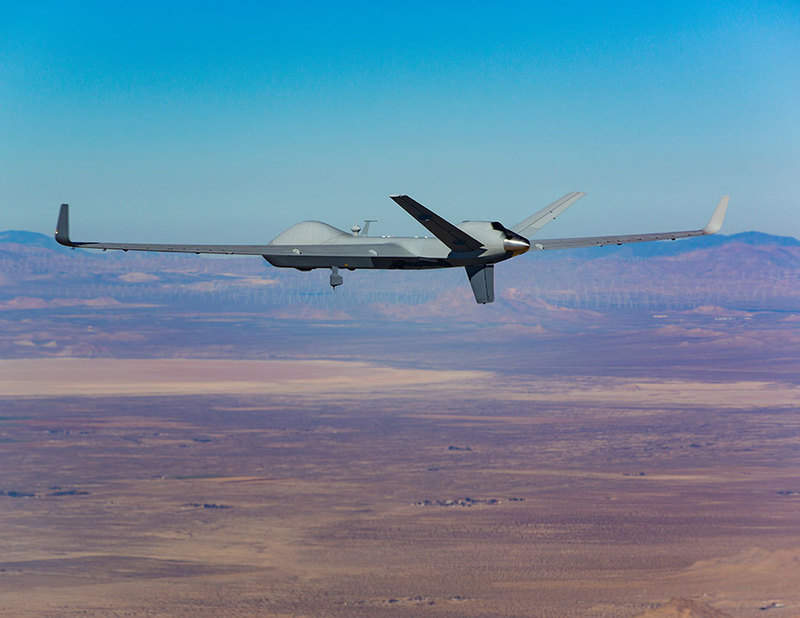

GKN Aerospace and General Atomics Aeronautical Systems (GA-ASI) have teamed up for the design and production of fuel bladders for the MQ-9B remotely piloted aircraft (RPA) system.
The agreement covers the fuel bladder system for the first production aircraft slated for 2018, GKN stated.
A potential full contract worth $15m is expected to be signed when the aircraft enters service with Nato’s UAV Airworthiness Requirements.
GKN Aerospace Special Products Group vice-president Staffan Svensson said: “We look forward to working with GA-ASI to provide a vital fuel system solution for this long endurance Predator B platform variant.
“We have been supplying fuel systems for many decades and for many airframe platforms, and MQ-9B fully exploits all our recent advances in both manufacturing and material technologies.”
The fuel bladders will be designed and manufactured at the GKN Aerospace's facility in Tallassee, Alabama.
Both companies will employ a vacuum forming process, coupled with the latest polyurethane (PU) material, which is said to be extremely durable and lightweight.
GKN Aerospace will be able to create fuel bladders in complex shapes that will make full use of all available space on the MQ-9B airframe, therefore maximising the fuel load capacity and platform endurance.
These developments will also produce a bladder system with a lower parts count, by simplifying manufacture, installation and system support.
It will also feature improved rubber fittings to provide better tear resistance.
The MQ-9B RPA will be equipped with a detect and avoid (DAA) system, including space, weight, and power provisions to enable the retrofitting of an airborne due regard radar (DRR) for operation in non-cooperative airspace, GA-ASI stated.
The aircraft will have a maximum endurance of 40 hours and an airspeed of 210 KTAS.
Image: MQ-9B remotely piloted aircraft. Photo: © GKN plc.



